Take the Fear Out of Interfacing for Suzi and Other Bag Projects
Lazies, Don’t be afraid of interfacing. I know it’s a massive field of confusing contenders out there, hoping to catch your eye and come home with you. And there is no consistency to the naming, weights, pricing, etc to hang your hat on and help you pick the right one. So you have almost nothing to go on but experience or a recommendation. Today, I hope to give you both.
Bosal Fusible Non-Woven Medium All-Purpose Interfacing, #334.
For great stand-up-ability in our Suzi Purse Insert & More, as well as our other bag patterns, I have a few recommendations.
Now, for Suzi, do not use batting. Suzi’s construction does not lend itself well to batting due to the thickness of batting. Just don’t do it. A single layer of fusible interfacing on the back of each main piece of the project as outlined in the pattern will give Suzi great posture.
All of the following interfacings are good choices for our bag designs (except Lily which uses lighter support).
Bosal Fusible Non-Woven Medium All-Purpose, #334: This is my first choice for a medium to heavy-weight fusible non-woven interfacing. I like it for all of my bag projects as well as for some of the accessory patterns, too. Comes in a 20″ width.
Therm-O-Web Heat N’ Bond Non-Woven Extra Firm Fusible Interfacing, #Q2434. This fuses nicely and is a little less stiff than Bosal. Comes in a 20″ width.
Pellon Decor Bond Heavy Fusible, #809. Works well, it can be a beast to fuse, so take your time. Is slightly less stiff than Bosal, and more stiff than Therm-O-Web. Comes in a 45″ width.
Finding a Good Interfacing
If you can’t find any of the ones I listed above and you are out amongst the bolts, hunting for a good interfacing, here’s what to look for:
Description
Check the info on the label on the end of the bolt. Look for descriptive words like ‘firm, extra firm, heavy, craft, stiff’. Anything that sounds like strong/stiff support. The names on interfacings are mostly pretty bad in my humble opinion. They tell me nothing. But they are nice to help me know I’ve picked the right one when someone recommends something by name. But many companies still use the description of the product as the name.
Stiffness
Is it stiff on the bolt compared to others – good sign.
Thickness/Density
You’ll get an idea of thickness by looking at the bolts all lined up together. Start with the fat bolts, of course some will be low on qty, but you’ll know what I mean when you see them all together. Unroll the bolt a bit and look at the thickness and density. What do you see when you hold it up to the light? Is it thin enough to see the fibers, or is it equally dense with no areas lighter than others? Even density is better than uneven. More density is probably better than less.
Fusible
Make sure you see the shiny fusible on one side. Don’t mistakenly buy sew-in when you want fusible.
Drape Test
Unroll the bolt a bit and let the interfacing hang over your hand. A very soft interfacing will not hold its shape and it will hang down from your hand like a lifeless piece of thin cotton fabric. That should tell you the amount of support the item will bring to your project – not much. A more supportive interfacing will have less drape.
Ask
And of course, ask for a recommendation by the staff. And then ask questions about their recommendation – what type of project do they like it for, have they used it themselves, etc.
Instructions
Make sure you get the manufacturer’s instructions. They are usually printed on paper or plastic and rolled with the bolt.
Mark It
I always think I’m going to remember what is what. I don’t. So make a note on the corner or edge of your purchase, or on a note and pin it to the interfacing. Include the name, quantity, price, and what you planned to use it for.
Half The Story
Consider how the interfacing will be used. The interfacing will seem more stiff over a smaller area rather than a larger area. For instance bending a short acrylic ruler is harder than bending a long one. The final result is really only revealed when the fusible is in place and your project is complete. For our designs, remember that the seams and overall construction add stability to the final project. Side seams are like support beams in a building. The bottom of the bag is a sturdy floor.
The rim at the top of the bag adds to the party as well. And in the case of Suzi, the top edge of the project is reinforced with a seam allowance otherwise unnecessary for the construction. It is only there to act as stability and give a nice clean finish to the top of the project. It’s like the difference in a plastic bowl with a lip at the top edge, versus without. The lip adds stability. The top edge of Suzi is like a secret engineering trick, adding more support with a simple trick. Nice!
My Plate
Oh I missed a few weeks due to computer problems! Ugh! And I’m still working on one computer issue, so my hope for some down time has not materialized just yet to say the least. I did make it to Cincy last weekend to see the fam (Dad is doing well) and took in the Madeleine Albright ‘Read My Pins’ collection at the Indianapolis Museum of Art – nice! Here’s the book about the collection. Here’s a short video about the exhibit. I didn’t have time to take in the Wedded Perfection, wedding dress exhibit at the Cincinnati Art Museum – next trip!
Have a wonderful Thanksgiving, have a piece of pumpkin pie for me (with lots of whipped cream!), enjoy your time with loved ones and safe travels.
Enjoy!
Joan
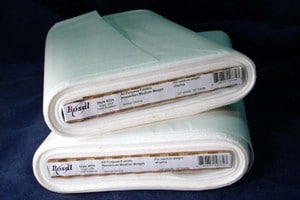
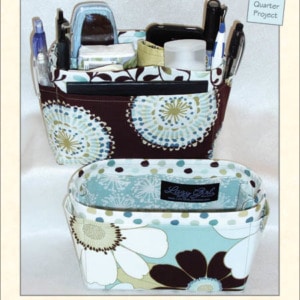
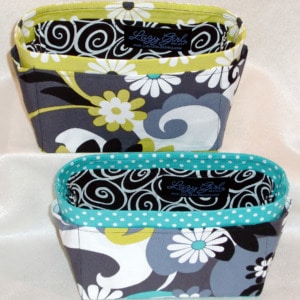
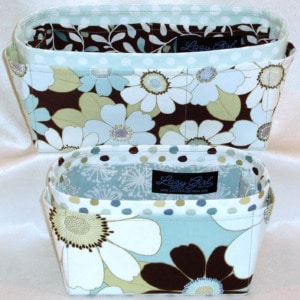
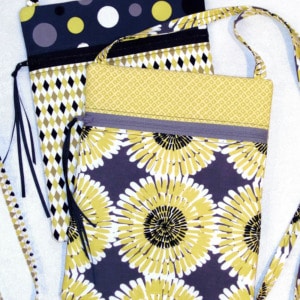
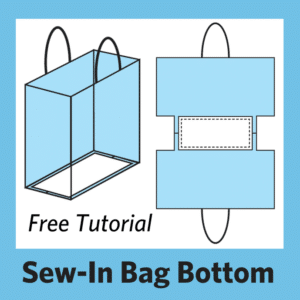
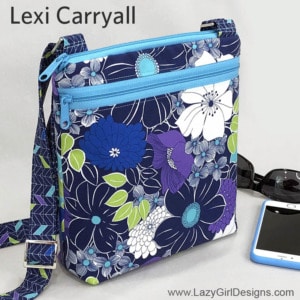
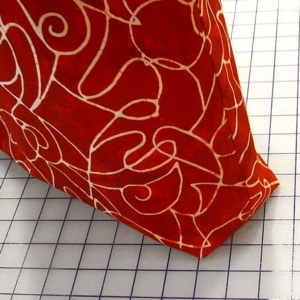
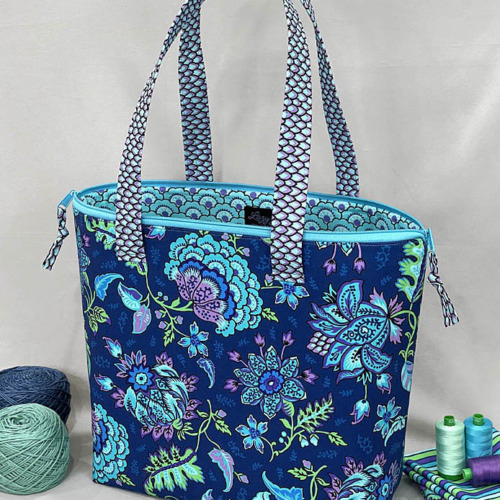
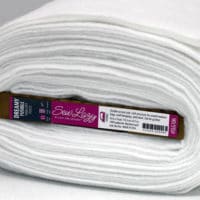
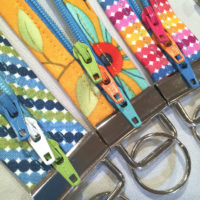
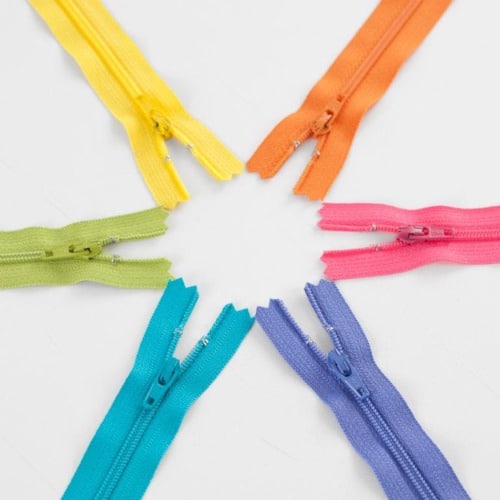
Joan, what a great post! This is the arcana of sewing that can make or break it for a girl.
Sorry to hear about digital let downs but so happy your dad is doing well. You are the greatest and I’m happy to have gotten to know you. One of the people in the industry I’m very grateful for. You are a role model… I say that throughly heartfelt. Have a great Turkey Day.
Dearest Joanie, this is the best information and I will save it for reference. I want to wish you a Happy Thanksgiving with love.
I have bookmarked this page as reference. Thanks!!
Oh sweet! Thanks for this info. I am the one standing in front of the wall of interfacing, studying and not knowing why! lol And then I buy, and get it home, and don’t know what it was!!!! You gave me a duh! moment with the idea of tagging it. Love your ideas, always. Have a nice holiday.
Hi,
Thanks, this isvery helpful information about the interfacings. Here’s another tip for remembering what the type is: ask for a piece of the plastic or paper the instructions are printed on, the stores usually trim them and throw them away. Then form an envelope or wrapper from them. You can insert the pieces and any leftover little pieces into the envelope and even make notes on how it worked on specific fabrics.
Joan: You are always a wealth of information. Thanks! Sorry to hear about the computer problems. I feel your pain.
Annie
Thanks for this wonderful information… I am printing it off for my sewing room files…. thanks again
Joan, thank you so much for the interfacing information! I have some friends interested in getting involved with Lazy Girl Designs and have told them to read this blog. I have also printed it for and put in it my files. This has made the day for all of us!
Thanks sooo much Joan for this info. I went ahead and printed this out. What a wonderful Bit of Information!!!!!
I wish I had half of your brain! You are so great with sharing your talents and skills!
I hope you have the best Thanksgiving!!!!
Big Hugs to you,
Great Info on interfacings…I wish there was an app for my cell phone to keep track of patterns I have, and things I like…..So….Suzi–best interfacing–amount of fabric needed–other notions….Might save me some money..Buying just what I need…OR being able to buy something I have found that I really love…..
Recently cleaned up storage in sewing room and found I had 3 copies of the same pattern, I had put it away with the fabric I bought to make the bag…sigh
Pingback: Lazy Girl | Blog » Candice Pattern: Supplies and Product Recommendations
GOD BLESS YOU, 4 this great info, i love makeing BAGS and HATS, this will help me in my sewing ROOM. HAVE A BLESS THANKSGIVING to everyone.